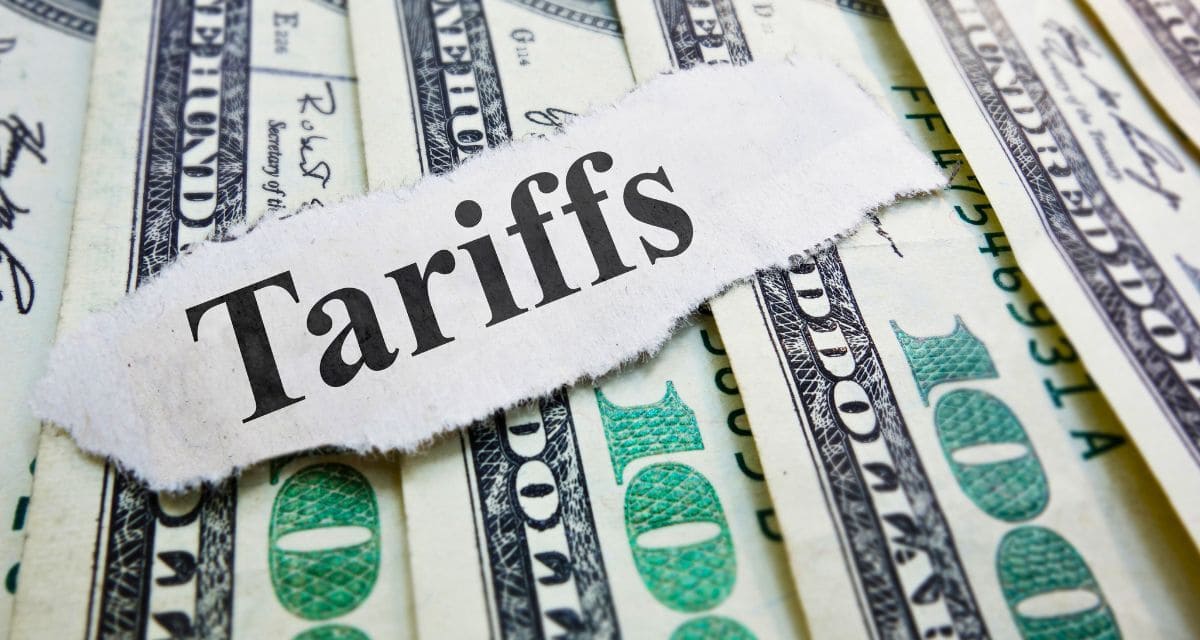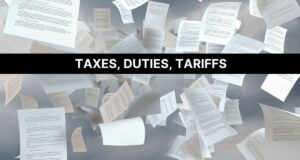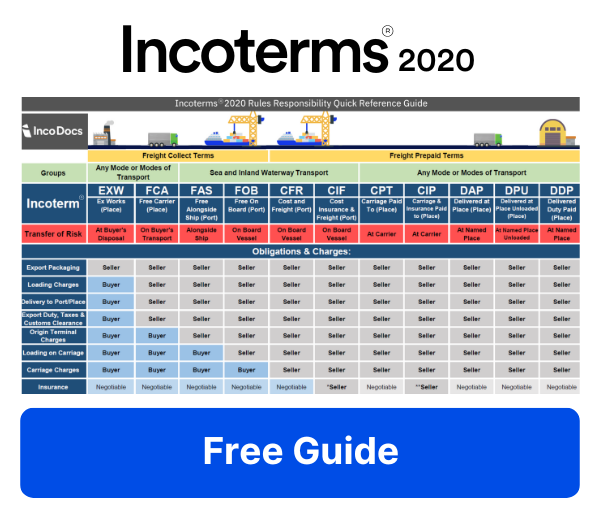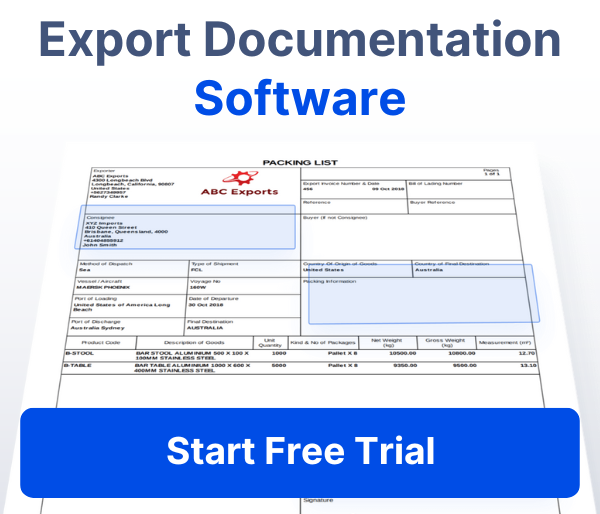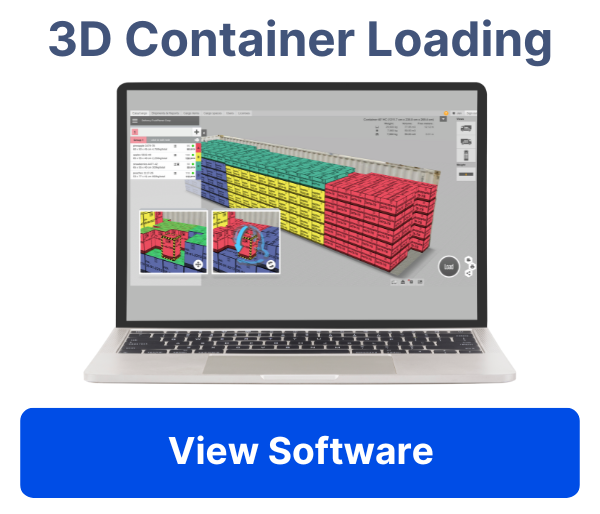A tariff is a tax imposed on goods that cross a country’s borders, typically applied to imports, but in some cases, to exports as well. Governments use tariffs to control trade, protect domestic industries, and generate revenue. While tariffs can support local economies, they may also lead to higher costs for consumers, supply chain disruptions, or trade disputes.
Tariffs vs Duties: What’s the Difference?
Although tariffs and duties are often used interchangeably, they have distinct meanings. A tariff is a tax that a government imposes on imported or exported goods to regulate trade and generate revenue. A duty, on the other hand, is a specific fee that importers must pay on certain goods, usually calculated based on the item’s value, quantity, or weight.
For example, when a company imports electronics or textiles, it may be required to pay an import duty, which increases the final cost for consumers. Tariffs, however, are broader trade policies that can impact entire industries by making imported goods more expensive or encouraging domestic production.
Types of Tariffs
Tariffs come in two basic forms:
1. Ad Valorem Tariffs
These are calculated as a percentage of the item’s declared value. For example, a 10% tariff on a product valued at $1,000 would add $100 to its cost. Ad valorem tariffs vary based on the product type and its country of origin. They are commonly used to protect domestic industries by making imported goods more expensive relative to local alternatives.
2. Specific Tariffs
These are fixed charges applied per unit of goods, regardless of their value. For instance, a $50 tariff on each imported car applies equally to a $10,000 car and a $50,000 car. Specific tariffs are straightforward but tend to have a greater impact on lower-priced goods, making them relatively more expensive compared to high-value items.
Other types of Tariffs
Compound Tariffs
Compound tariffs combine two taxes. One is a percentage of the product’s value. The other is a fixed fee for each unit. For example, a country might charge 5% of the value plus $50 per item. This approach helps governments raise revenue while controlling the imports.
Retaliatory Tariffs
Retaliatory tariffs can be used in response to trade actions by another country. They are used to apply pressure and encourage negotiations or changes in trade policies. These tariffs aim to balance the impact of the initial trade measures.
Anti-Dumping Duties
Anti-dumping duties stop foreign goods from being sold at very low prices. For example, steel sold below production costs can hurt local businesses. These duties raise the price of imports to protect local industries.
Provisional Tariffs
Provisional tariffs are temporary taxes. They are used during investigations into unfair trade practices. For example, a country might apply these tariffs while checking if subsidies are involved. They can be removed or replaced once the case is resolved.
Prohibitive Tariffs
Prohibitive tariffs are set so high that importing goods becomes too costly. The goal is to block imports completely. This helps local industries stay competitive.
Countervailing Duties (CVD)
Countervailing duties (CVD) offset subsidies given by foreign governments to their exporters. For example, if a country supports its steel industry with subsidies, CVDs raise the price of imported steel. This keeps trade fair and helps local businesses compete.
Why Do Governments Impose Tariffs?
Governments impose tariffs for different reasons. They use them to protect industries, raise money, reduce trade gaps, and influence other nations.
Protect Domestic Industries
Tariffs help shield industries from foreign competition. By making goods imported from other countries more expensive, these measures encourage people to buy locally produced products. Imported goods become less attractive, giving local businesses a better chance to compete. This approach was common during mercantilism, where nations taxed imports heavily to protect their industries. Colonies were often required to trade only with their ruling countries, ensuring profits stayed within the empire.
Generate Revenue
Tariffs also bring in money for governments. This is called a revenue tariff. The goal is not to stop imports but to collect funds. In the past, tariffs were one of the main ways governments raised money before income taxes existed.
Address Trade Imbalances
Tariffs can reduce trade deficits. They make imports more expensive, shifting demand to local goods. This helps balance trade by reducing how much a country buys from others. In modern times, tariffs are often used in trade wars to protect local industries and address gaps in trade.
Political Leverage
Governments also use tariffs as pressure tools. For example, President Trump has used tariffs on China, Mexico, and Canada. This was to push action on issues like fentanyl trafficking and border security (New York Times). Tariffs in these cases act as a way to demand changes.
Real-Life Examples of Tariffs
The Boston Tea Party
The Boston Tea Party is a famous example of tariffs causing tension. In the 1770s, Britain taxed tea imported to American colonies through the Tea Act. This tax aimed to raise money for Britain and help the British East India Company. The tariff made tea more expensive, angering colonists who had no say in British taxes. In protest, colonists threw a shipment of tea into Boston Harbor. This act became a turning point in the events that led to the American Revolution.
Mercantilism and Tariffs
During mercantilism, tariffs were tools to control trade and build wealth. Colonizing nations like Britain used tariffs to protect local industries and profit from trade. Colonies sent raw materials to their ruling nations, which turned them into finished goods. These goods were then sold back to the colonies at higher prices with added tariffs. This system limited competition and kept profits in the hands of the ruling nations.
Modern Examples:
Trump’s 2025 Tariffs
In February 2025, President Donald Trump announced significant tariffs affecting major U.S. trading partners. A 25% tariff was imposed on imports from Canada and Mexico, with a lower 10% tariff specifically on Canadian energy products. Additionally, a 10% tariff was applied to goods from China. These measures were justified by the administration as efforts to address illegal immigration and the influx of fentanyl into the United States. whitehouse.gov
Canada’s Retaliatory Tariffs (2025)
In response, Canadian Prime Minister Justin Trudeau announced retaliatory tariffs targeting U.S. goods. Canada implemented a 25% tariff on $30 billion worth of U.S. imports starting February 4, 2025, with plans to extend these tariffs to an additional $125 billion in goods after 21 days. The targeted products include American beer, wine, bourbon, fruits, juices, clothing, sports equipment, and household appliances. reuters.com
These developments have heightened trade tensions between the U.S. and its neighbors, with potential implications for consumers and industries across North America.
How Tariffs Impact the Economy
Positive Effects
- Protect Domestic Industries
Tariffs shield local businesses from foreign competition. For example, tariffs on Chinese imports have encouraged support for domestic suppliers. - Encourage Local Production
When imported goods become more expensive, businesses rely more on domestically produced alternatives. This shift benefits local manufacturers and creates jobs. - Generate Revenue for Governments
Governments use tariffs to raise money. U.S. customs duties are a major source of revenue, helping fund public projects and services.
Negative Effects
- Higher Consumer Prices
Tariffs make imported goods more expensive. For example, electronics with added tariffs cost domestic consumers more. - Retaliation and Trade Wars
Countries often respond to tariffs with their own. The EU and Canada have proposed counter-tariffs in response to U.S. threats (BBC). This can hurt businesses relying on free trade agreements like North American Free Trade Agreement (NAFTA). - Supply Chain Disruptions
Industries that depend on cross-border goods face challenges. Car manufacturing, for instance, relies on materials crossing multiple borders. Tariffs increase costs and delay production.
Who Pays Tariffs and Who Enforces Them?
Importers are responsible for paying tariffs in international trade when goods are transported across borders. However, these costs are usually passed on to the product that will be sold.
Incoterms, like Delivered Duty Paid (DDP), can shift the responsibility. Under DDP, the seller handles all shipping and tariff costs, ensuring the buyer receives the goods without additional charges.
In the United States, the U.S. Customs and Border Protection (CBP) enforces tariffs. CBP collects payments, inspects shipments, and ensures that goods comply with trade laws. If tariffs are not paid or rules are violated, CBP can impose fines or seize goods.
